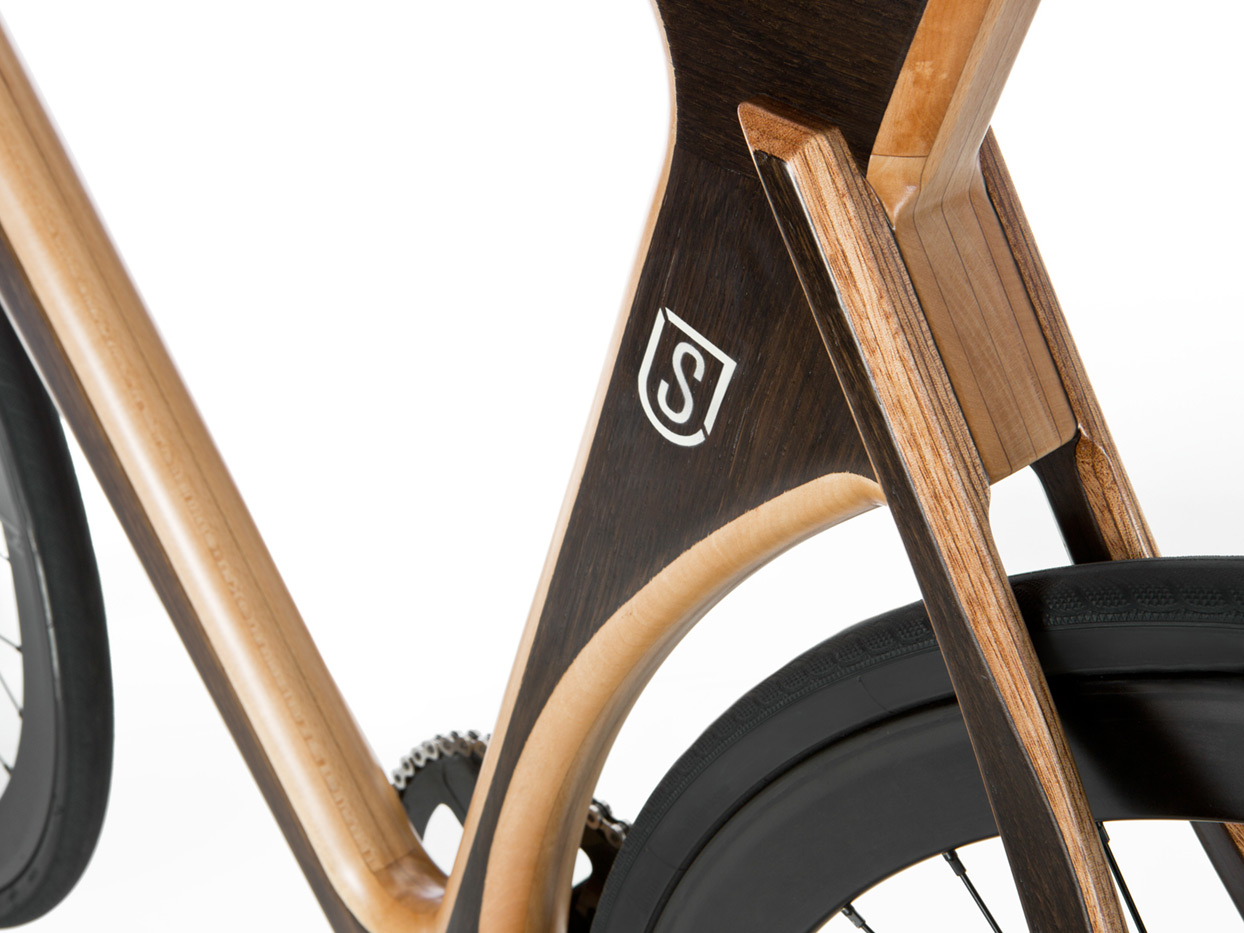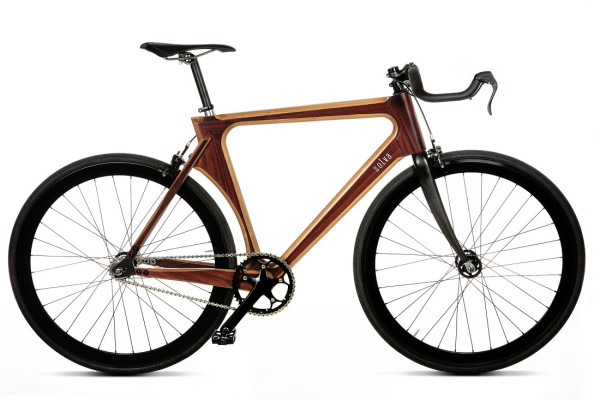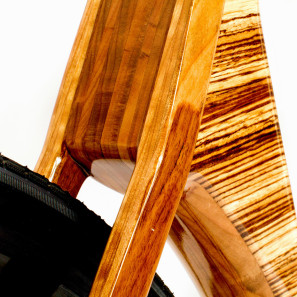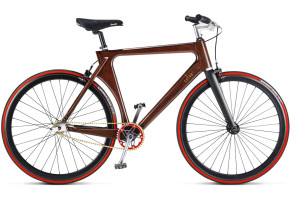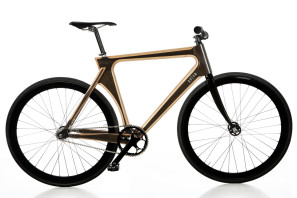We’ve looked at new wooden bikes off and on over the last few years, from the swoopy laminated frames of Studio Jan, to the off-road capable Connor Wood Bikes, and the most recent bamboo composite offerings like those from Boo. It probably comes down to fact that wood seems like such an odd, even inappropriate, material choice for a bike. That said, wood is clearly up for the challenge when the frame is crafted under a skilled hand, and these bikes from Selva seem to hit the mark. Built on the border of Switzerland and Italy, just north of Lugano in the Alps, Selva started out building fairly basic fixed gear city bikes a few years ago, and has grown both their craft and offerings to include more refined city bikes and even a new full-on road race bike. Take a closer look after the break…
For me personally, part of the allure of a wooden bike frame also comes down to a lifelong experience with woodworking, somehow making a wooden frame seem like something I might be able to accomplish. While I have fabricated all manner of metal constructions by various welding and brazing techniques, short of enrolling in a proper framebuilding school, I wouldn’t really trust my skills on building a proper bike.
The newest wood bike from Selva is their Ti XXII road bike, which takes its name from the CNC titanium dropouts, ti bottom bracket insert, and ti components, and its 2 x 11 speed drivetrain, the first traditionally geared bike offered by the company. With a ti tapered fork, ti seatpost, ti stem, and carbon wheels the Ti XXII is claimed to build up to 8kg
Selva’s experience mostly came from building iterations of glue laminated simple bikes, like this Fashion Racing bike, which is available as either geared or a single speed. Using a hollow engineered wood construction, they are able to keep the weight reasonable and deliver what they describe as a lively ride.
One thing Selva really prides themselves on is their unique glued-up wood shaping and their use of different species for striking veneer laminates. Making no attempt to hide how the bikes are put together, they go the other way and actively highlight the different layers of construction through the use of a wide range of contrasting hardwood species and mostly clear finishes to accentuate the natural wood grains.
Their most basic bike, the Night Rider is also maybe the most practical. The flat bar city bike uses bonded in aluminum bearing contact points like the Fashion Racing and machined alloy dropouts, but is singlespeed only. Again a range of wood species and finishing is what makes these beautifully simple commuting machines.
And what’s next for Selva? We’ve heard that they are looking to expand their offerings again, with at least one wood mountain bike in the pipeline.
